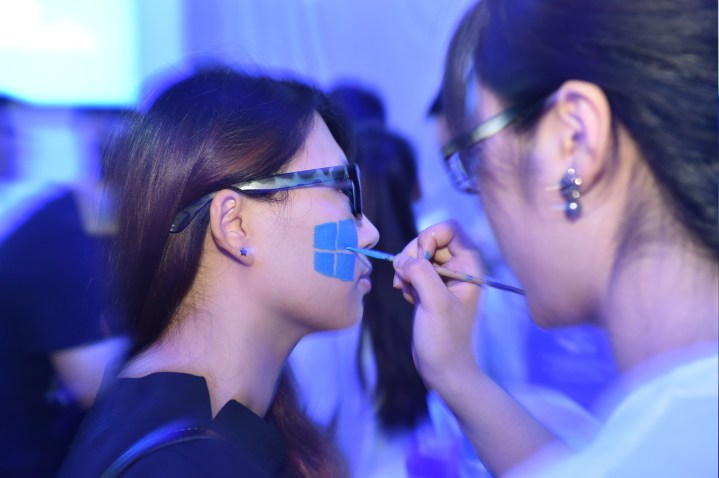
Seventy-five million sounds like a lot, but it doesn’t indicate how the OS is doing compared to the rest of the PC market. However, thanks to a set of August 2015 statistics published by Netmarketwatch, it appears Windows 10 is already undercutting some of Apple’s market share.
In August, Windows 10 declared 5.2 percent of the desktop market, and while that’s still not even close to Windows 7’s 57.7 percent market share, it’s certainly nearing Windows 8.1’s 11.4 percent. Most impressive, though, is that Windows 10 is already more commonplace than Apple’s OS X Yosemite featured on the Mac, responsible for only 4.8 percent of the market.
While Windows 10 wasn’t officially out yet to interfere with anyone’s numbers in the July metrics, those figures do prove that much of Windows 10’s emerging market share stems from previous Windows users rather than Mac and Linux users looking to convert.
This should come as no surprise to anyone familiar with Windows 10 since the operating system opts to return to the basics rather than offering anything substantially unique. The reinvention of the Start Menu was a pleasant revival of a historic computing artifact, but privacy concerns would leave most Linux users wary to convert.
Add to that the free upgrade factor and it’s pretty clear why Windows 10 has caught on so quickly. Now concerning for Microsoft should be devising new means of convincing even more users to rollover to its recently released desktop OS. Otherwise, as Redmond is surely aware, anyone who hasn’t upgraded yet probably hasn’t found a reason to do so.
Will Microsoft continue to pull more users in to install Windows 10 or is this sudden surge merely a case of early adoption fever? Only time will tell.
Editors' Recommendations
- Windows 10X, the revolutionary new version of Windows, could be coming in March
- How to make your Mac look like Windows 10
- Windows 10X was a no-show at CES 2020, and that’s a problem


